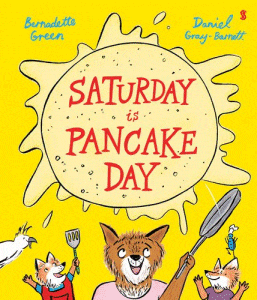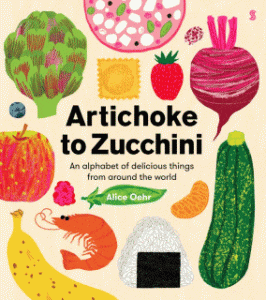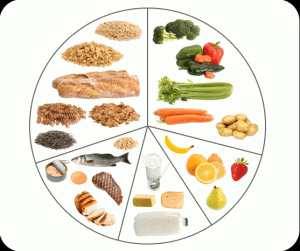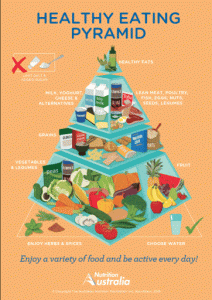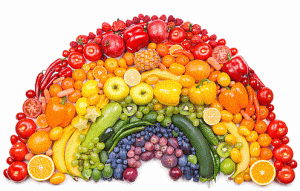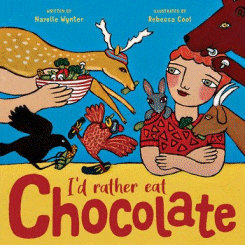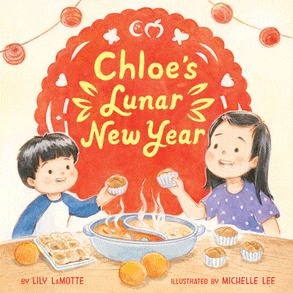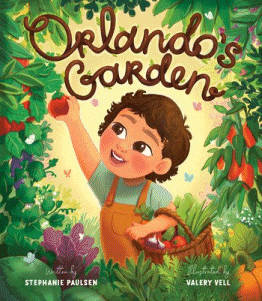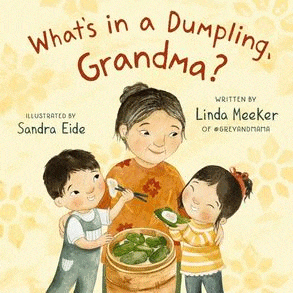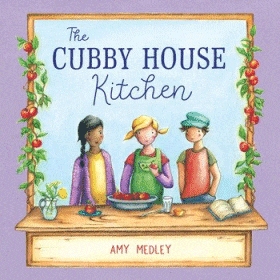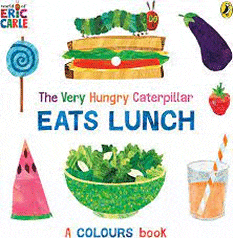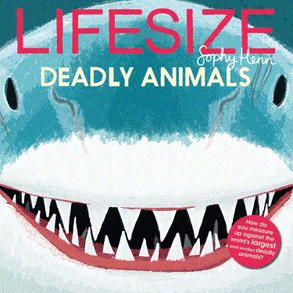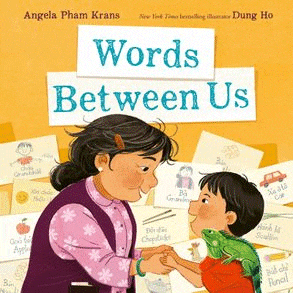
Words Between Us
Words Between Us
Angela Pham Krans
Dung Ho
HarperCollins US, 2024
40pp., hbk., RRP $A29.99
9780063224544
Felix and Grandma have always lived oceans apart—until the day Grandma arrives in the city from Vietnam. Felix is so excited to meet Grandma and spend time with her. But it’s tricky when he speaks no Vietnamese and she speaks no English. They get by with both showing each other special things like Felix’s pet iguana Pete and Grandma showing him how to care for the garden but one day, when Felix and Grandma are visiting a big festival, Grandma gets lost and doesn’t know how to ask for help. It is then that Felix decides to teach her English, and by working together and teaching each other, they bond closely as they learn to share words as well, culminating in their shared love of pizza.
With end papers that have flashcard translations of common words, (and Grandma’s recipe for pizza), this is another story like I Hear a Buho and Giovanni that allows us to share and celebrate the languages spoken by our students as they take the opportunity to teach us the common words for the things that unite us regardless of our heritage. Having bilingual books in our collections and actively promoting them is a way that we can build bridges and open doorways for those who are not native English speakers by showing them that we value what they can bring to the teaching and learning experience.
For many newcomers to this country not speaking the common language can be a very isolating experience, compounding the difficulties of what must have already been a difficult decision, but if we can reach out to families through stories – perhaps even inviting them into the library to share the stories of their childhood in their own language to encourage those of the same background to hear them and learn about them – we show the parents, particularly the mothers, that we care and that their child will not be lost. And, in return, we all gain so much!!!
